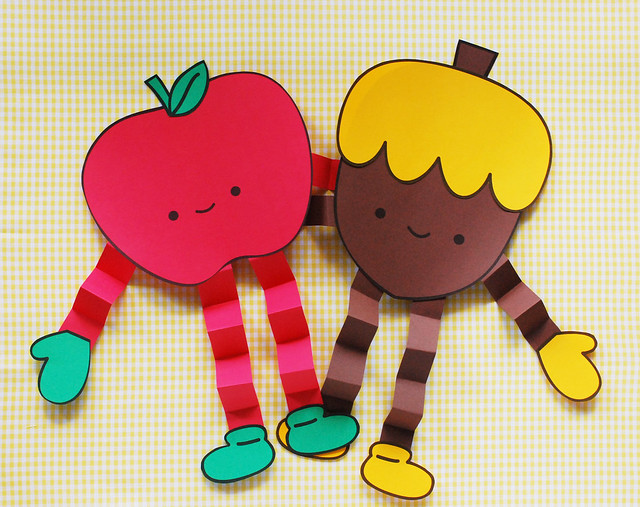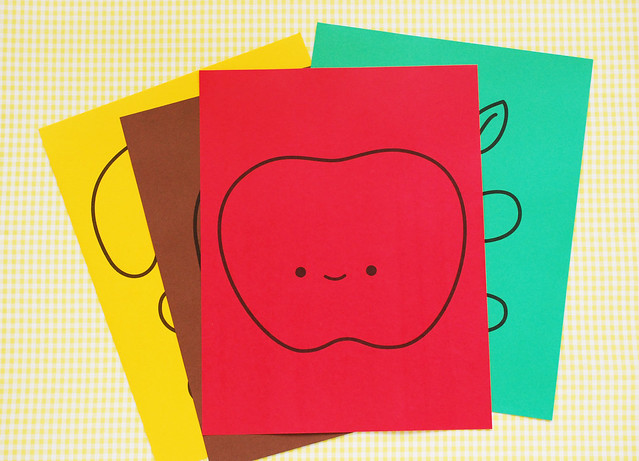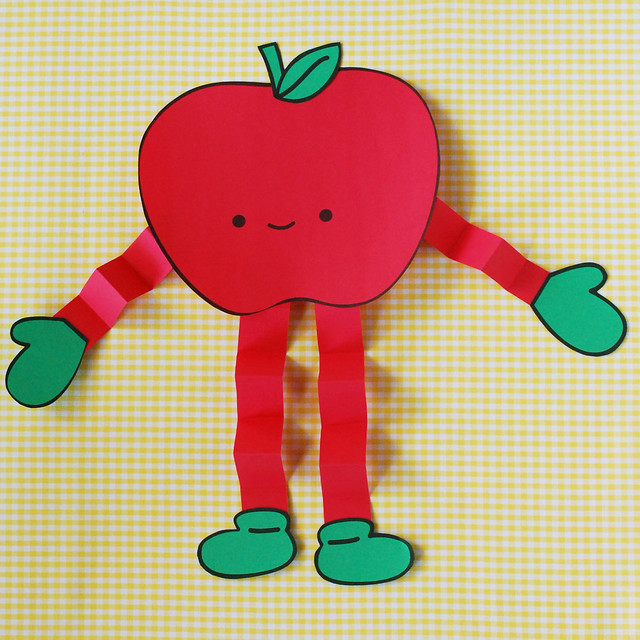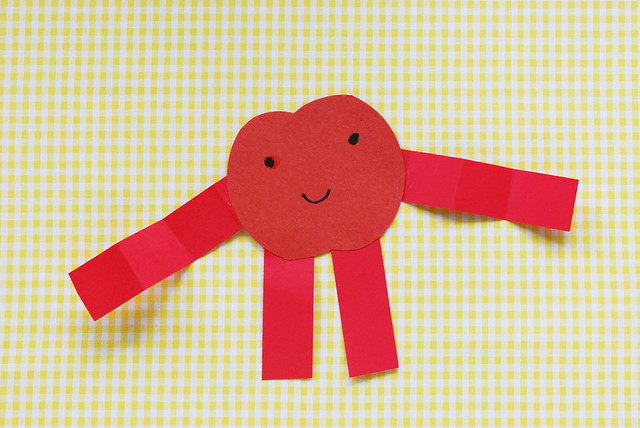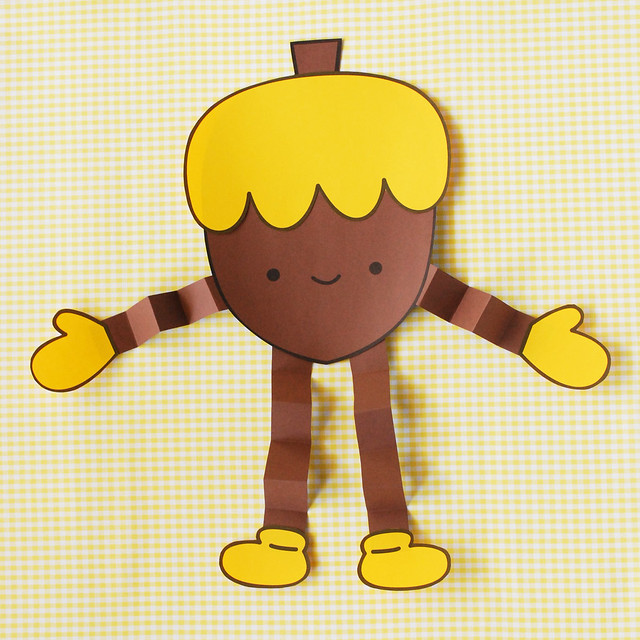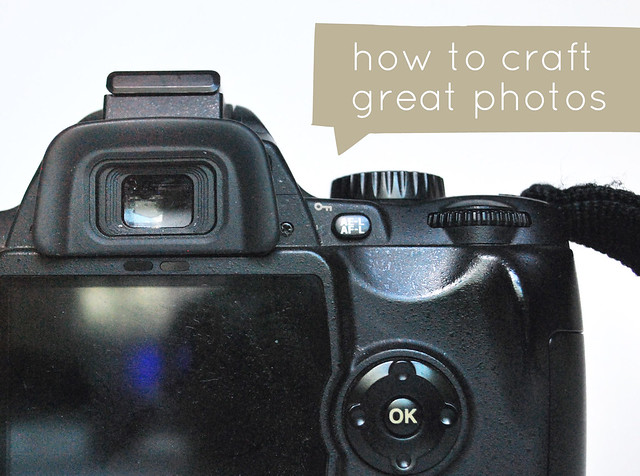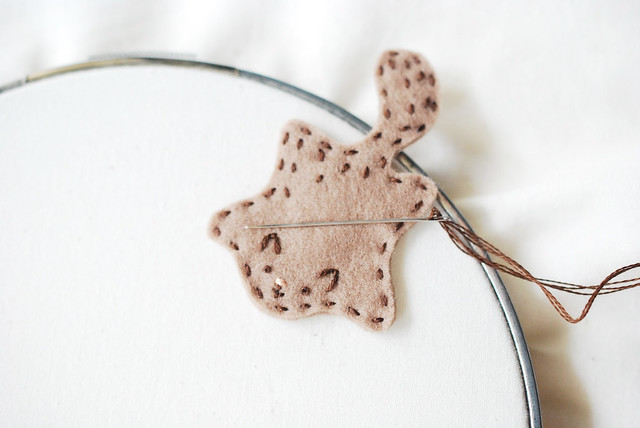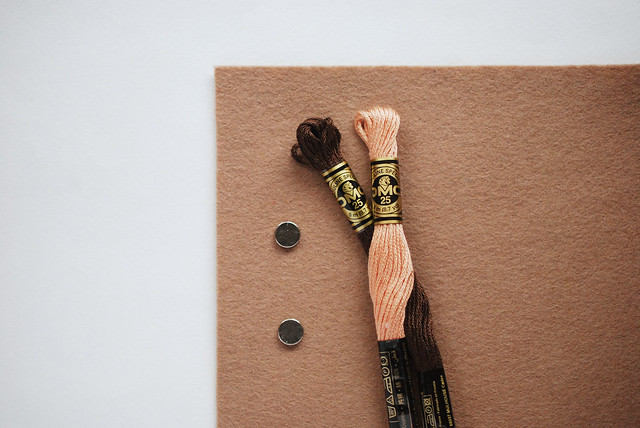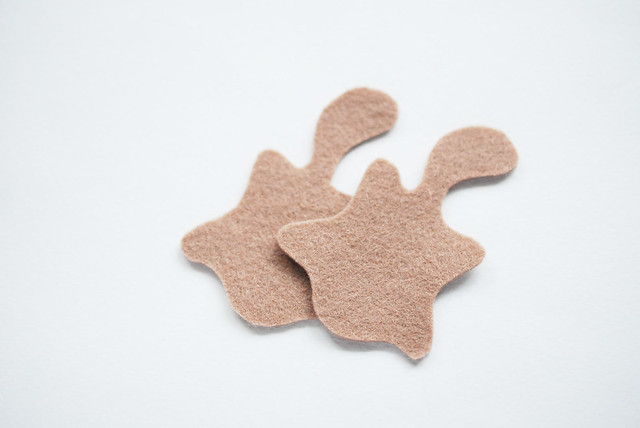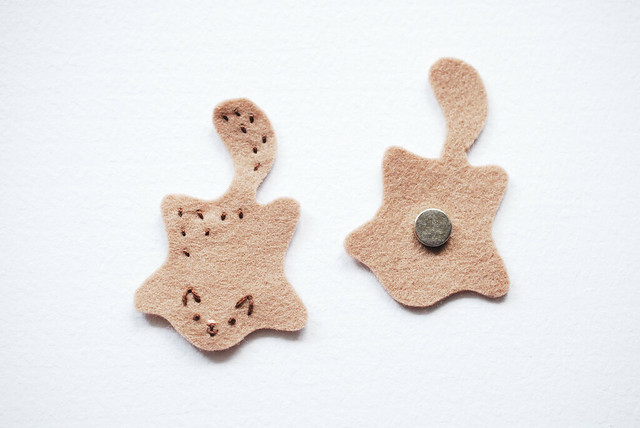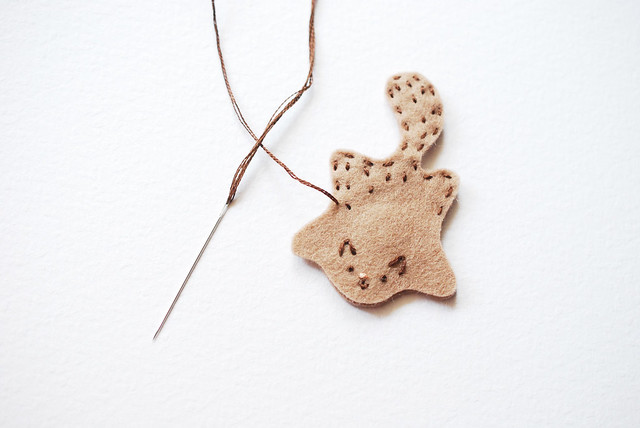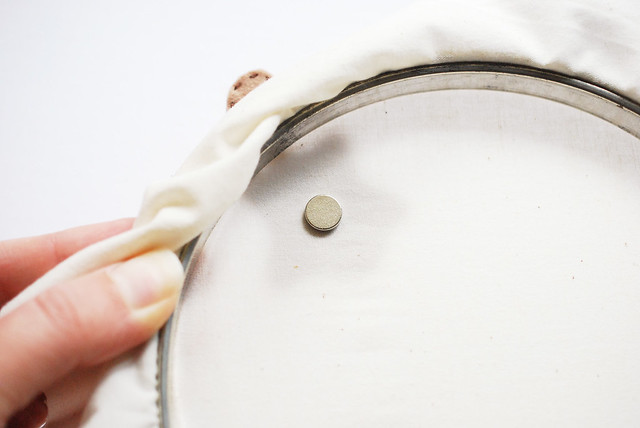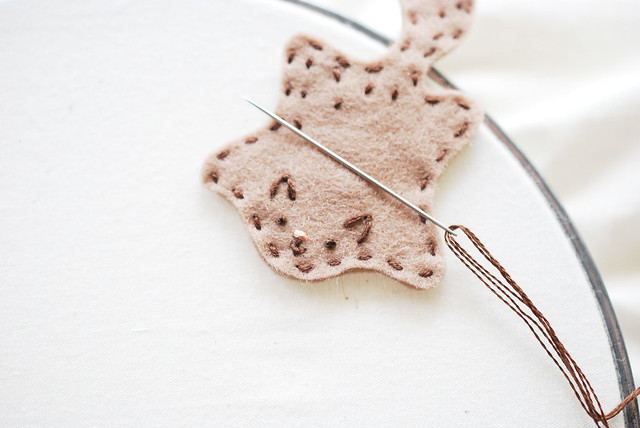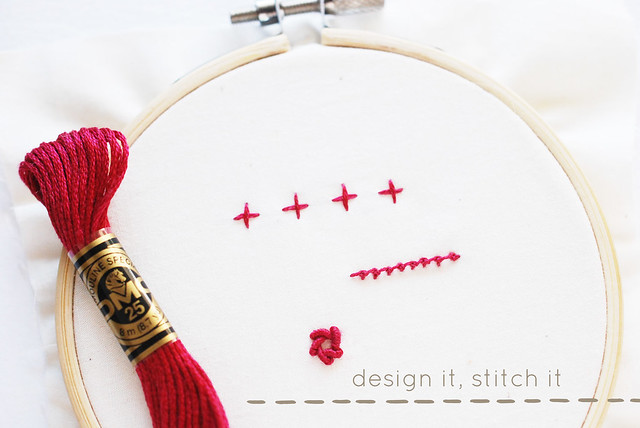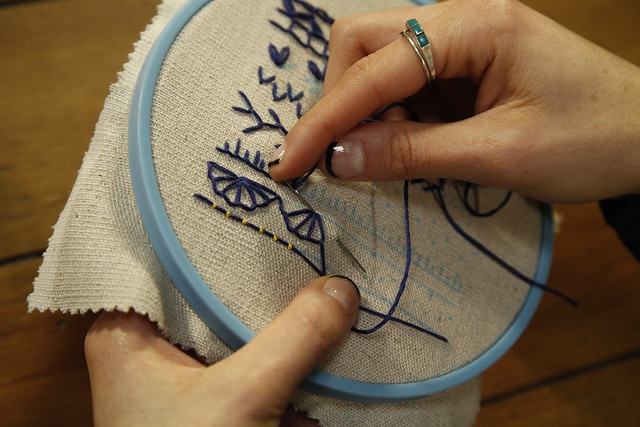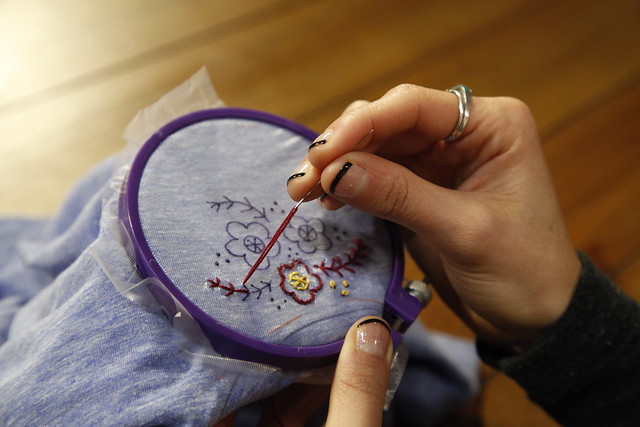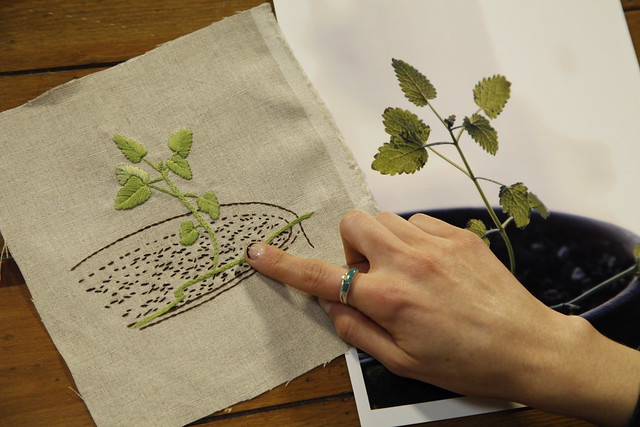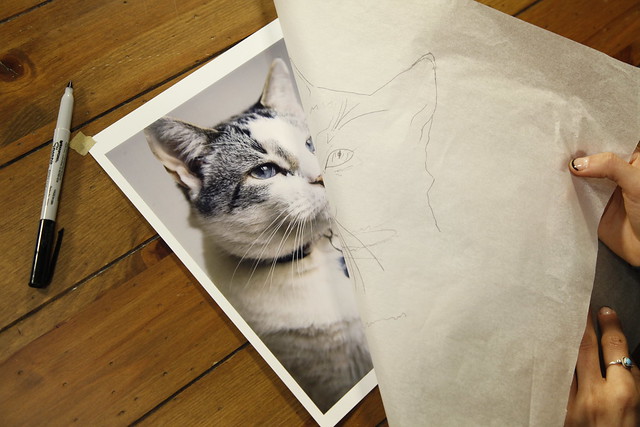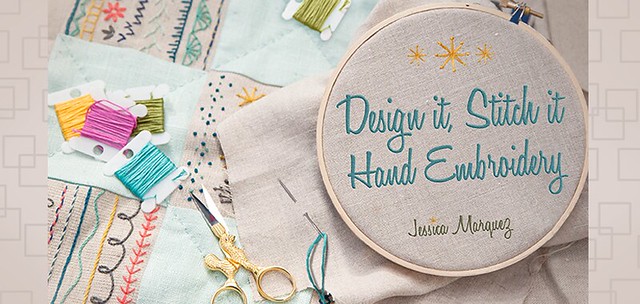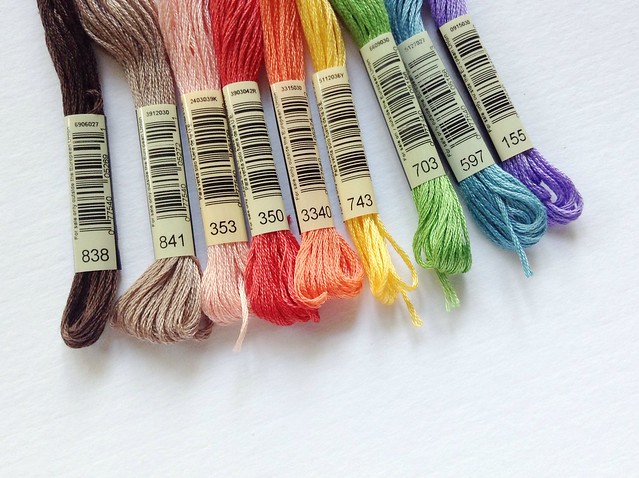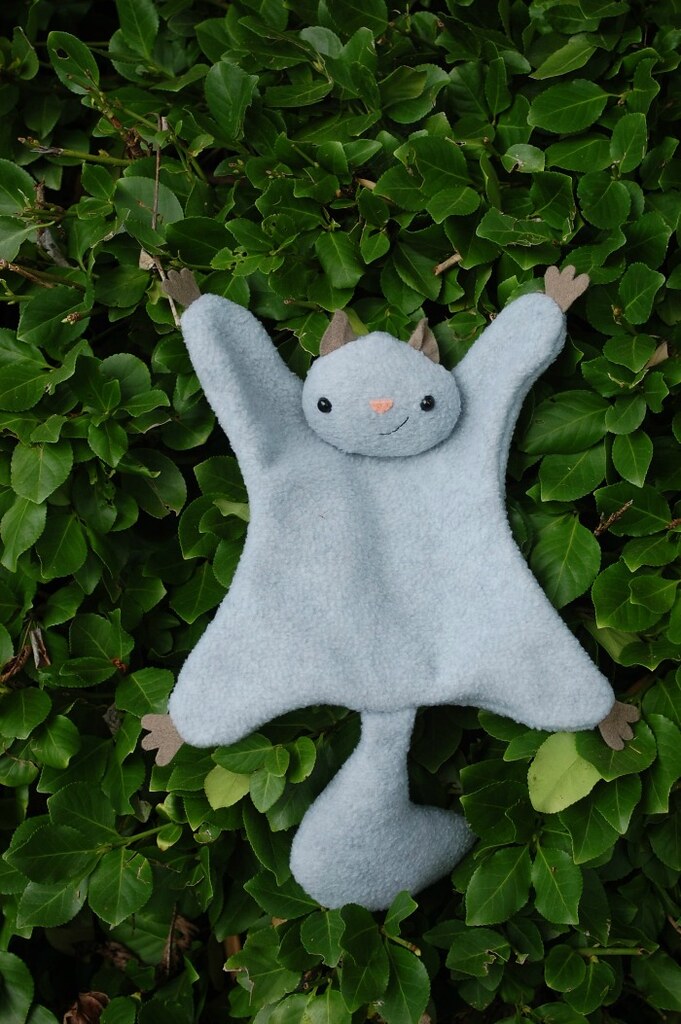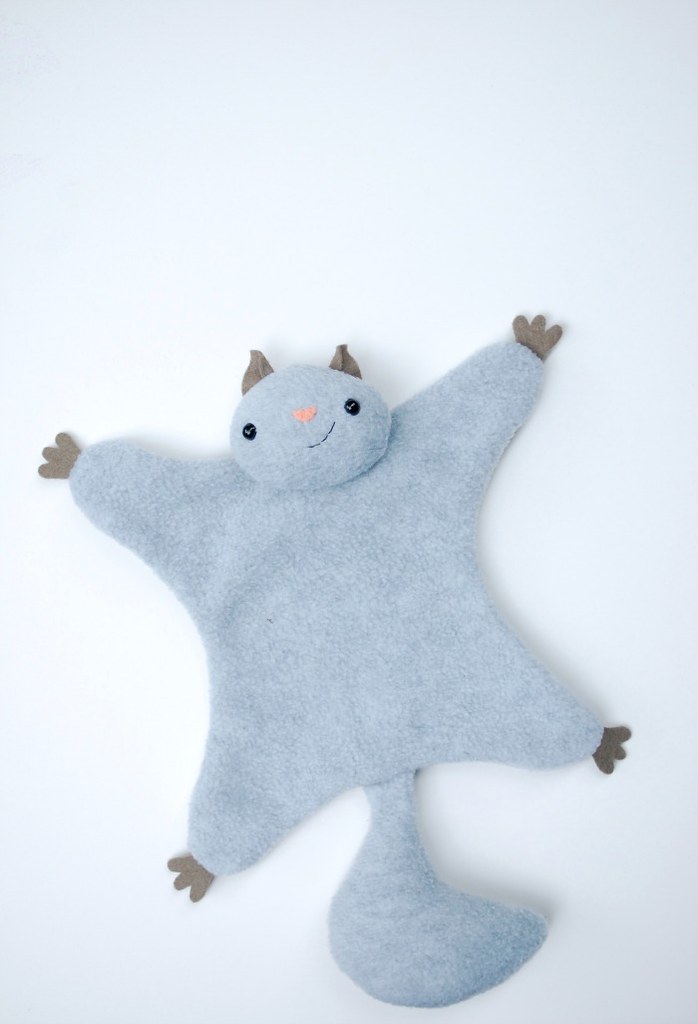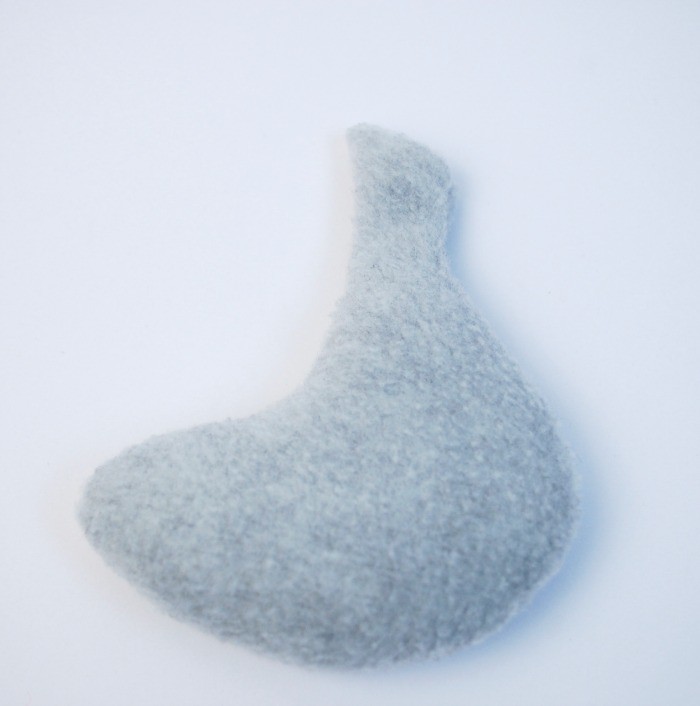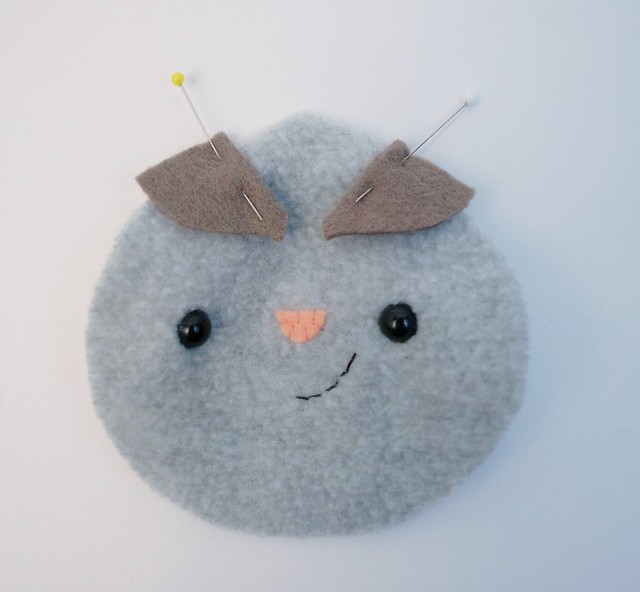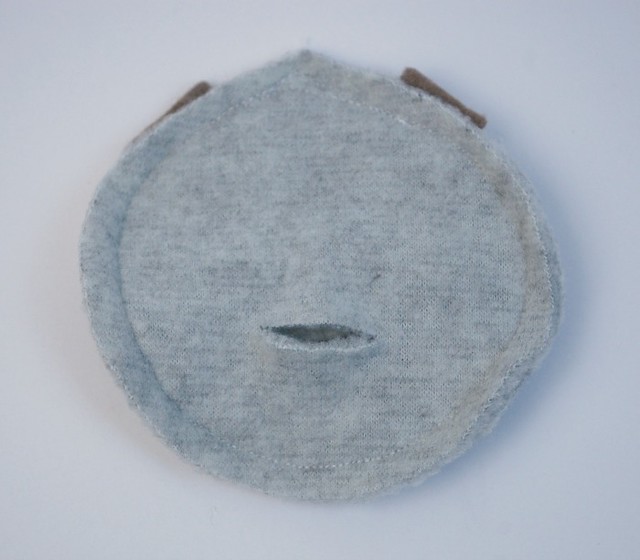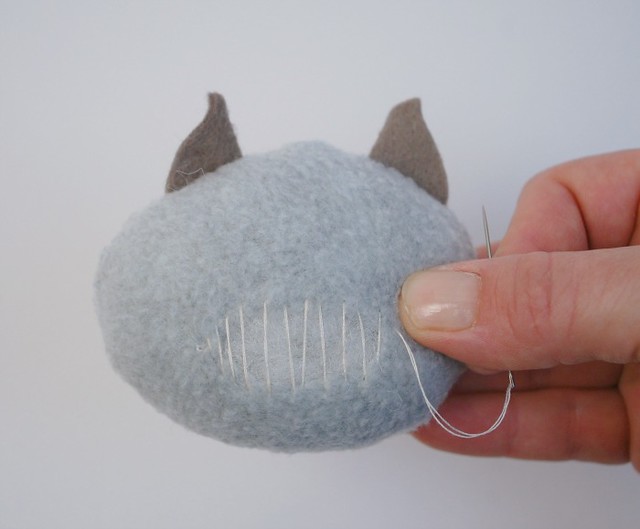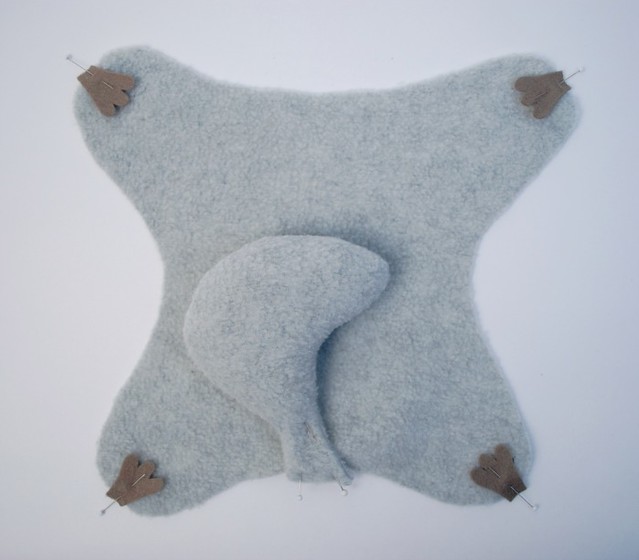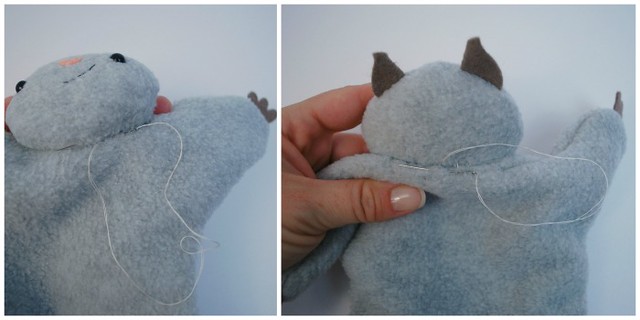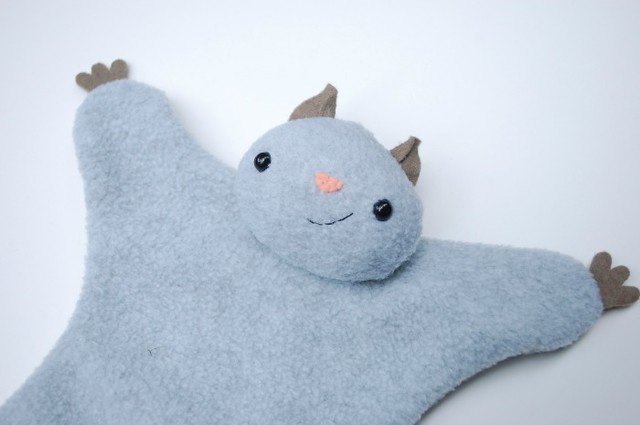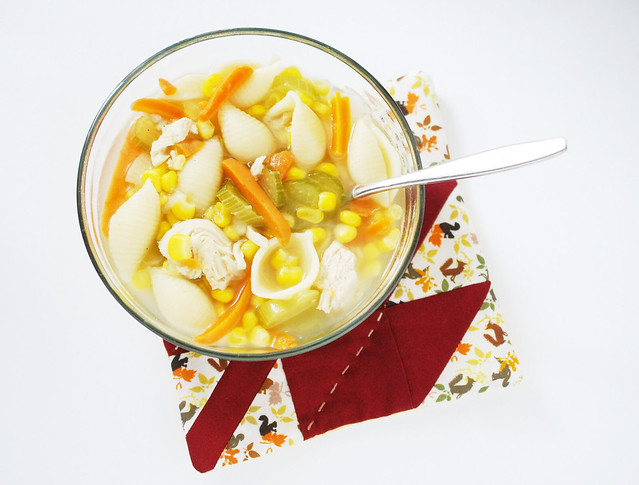

In cooler seasons, my family likes to eat a lot of soup. And leftovers. Although, leftovers know no season. For casual meals, folks sometimes grab a plate or bowl and, rather than sit down at the table, we'll sit near the fireplace. Since dishes can get very warm, you'll often see a hot pad held under the dish. Which is fine. I'm good with all of this.
But why not make those hot pads pretty and matching?
This project solved two problems for me. The first is the pretty factor. The second is that I've been wanting to try out making some quilt blocks without a giant project commitment. Fall warm pads took care of these!
I'm calling them warm pads because they only have one layer of batting inside, and I really, really don't want you to remove things from the oven with them. But they are perfect for a layer of protection between your chicken noodle soup bowl and your hand.
Supplies:
Fabric (scraps plus 6-1/2" square for the back)
Batting (6-1/2" square)
Perle cotton
Sewing tools: Scissors, pins, sewing machine, iron, needle, thread, rotary cutter, mat and ruler.
You can use any 6-inch finished block (6-1/2" when it's just the block) for the front. I'm using a combination of maples and some other designs, but I'm doing them all in the same grouping of fabrics. Here's how the maple block goes together:
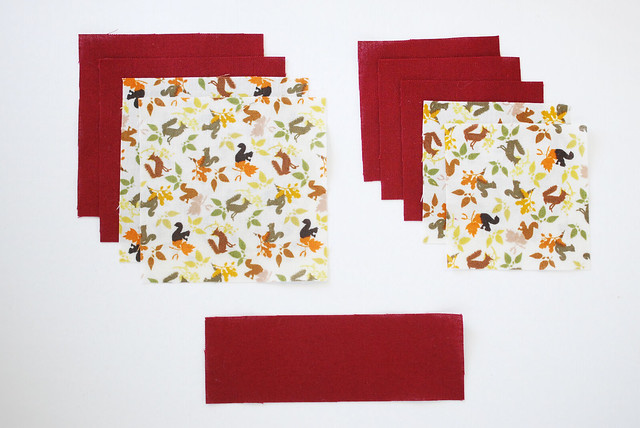
From Fabric A (squirrels) cut:
2 3-1/4" squares
2 2-1/2" squares
From Fabric B (burgundy) cut:
2 3-1/4" squares
3 2-1/2" squares
1 4-1/2" x 1-1/4" rectangle
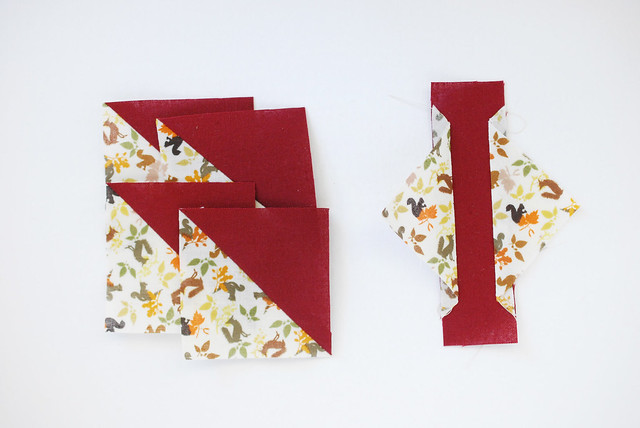
Make the larger squares into four half-square triangles and trim them to 2-1/2".
Trim one of the Fabric A small squares into two triangles. Sew them onto the sides of the Fabric B rectangle as shown. Trim to a 2-1/2" square.
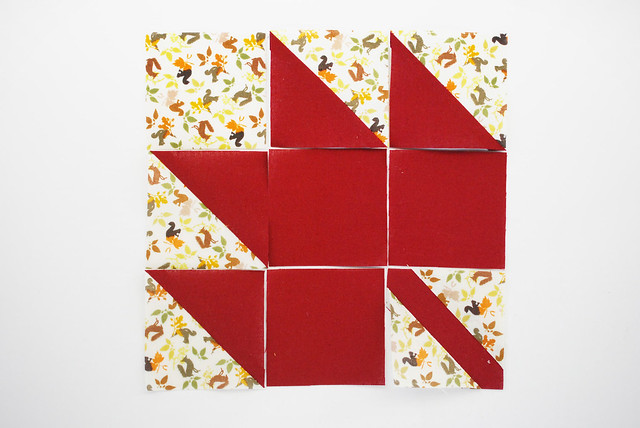
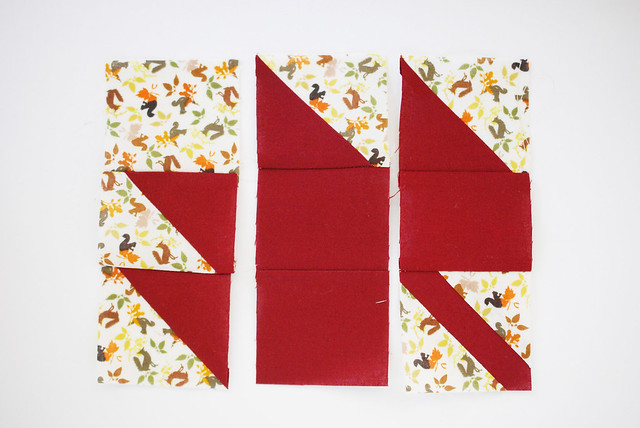
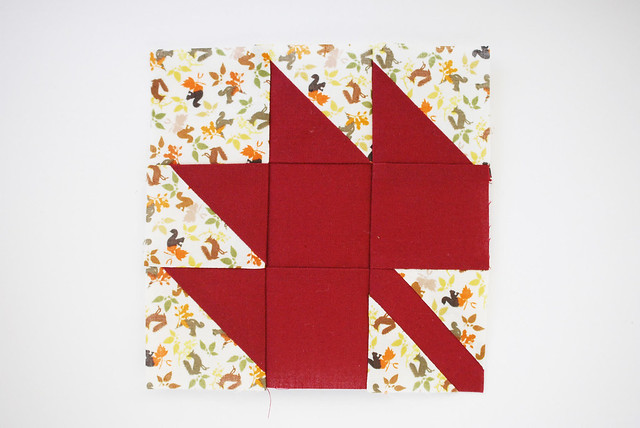


Arrange the pieces to form a maple leaf, sew the rows, then sew the rows together. Ta-da!
By the way, I've used 1/4" seams throughout, and if you're new to this patchwork thing, be sure to check out my review of the free Craftsy class
Piece, Patch, Quilt!
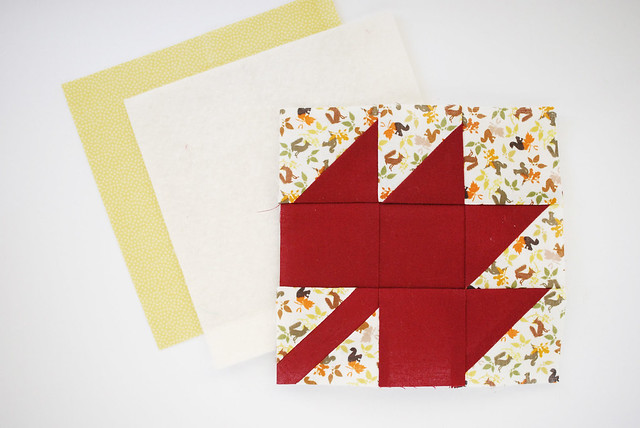
Grab your 6-1/2" squares of backing fabric and batting. Layer them with the front and back right sides together, and the batting on top. At least, this is the way my sewing machine does the best. You may find that having the batting on the bottom of the stack is better.
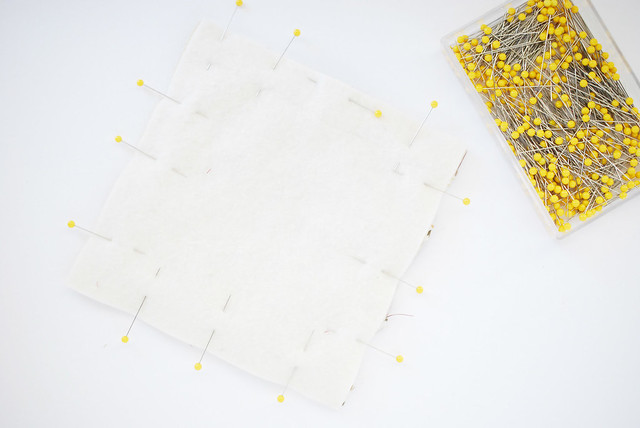
Pin and sew around the edges, leaving an opening for turning. And be sure to back stitch at the beginning and end. Trim the corners before you turn it right side out.
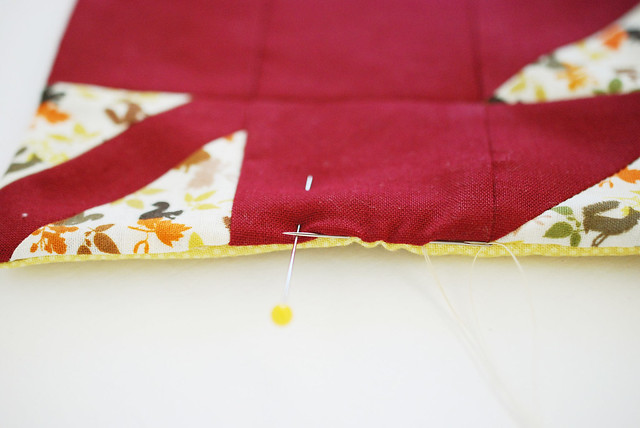
After you've turned it right side out and made sure those corners are poked out nicely, sew the opening closed with ladder stitch.
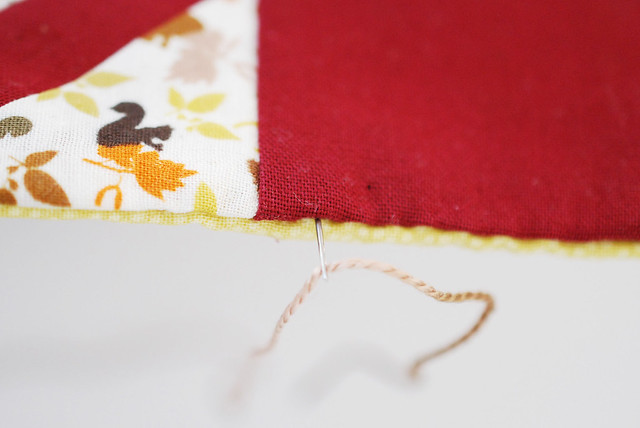
To hold it all together and add some fun detail, thread a needle with perle cotton and knot the end. To hide the knot, I like to go in through the seam, making sure that I'm not catching any fabric. Then you can gently tug the knot into the middle of the warm pad.
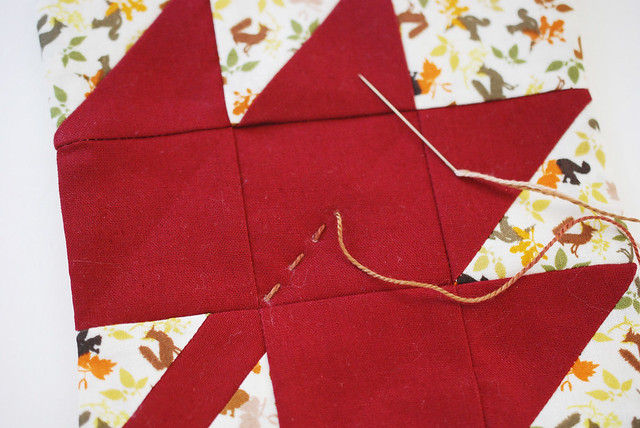
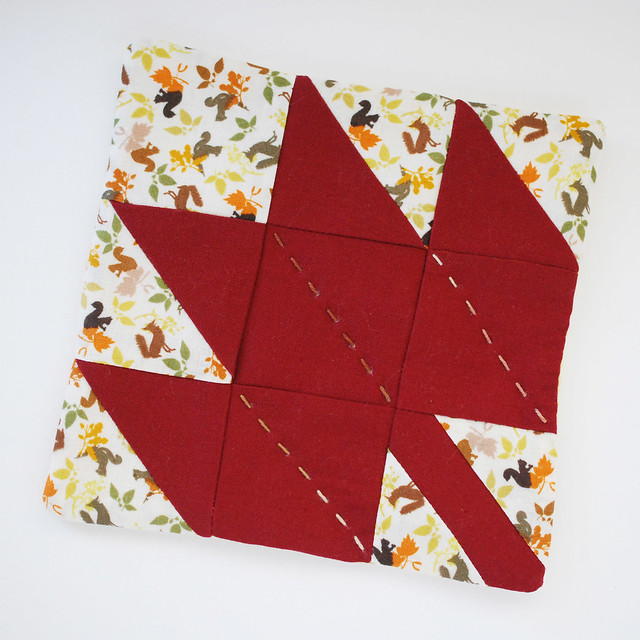
Stitch some quilty lines of running stitch, then be sure to bury the knot(s) between the layers.
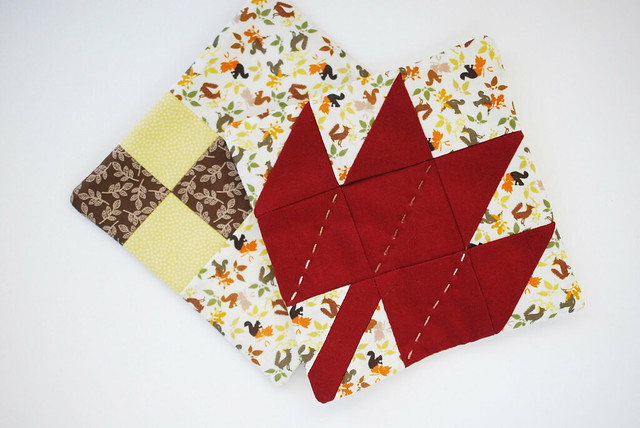
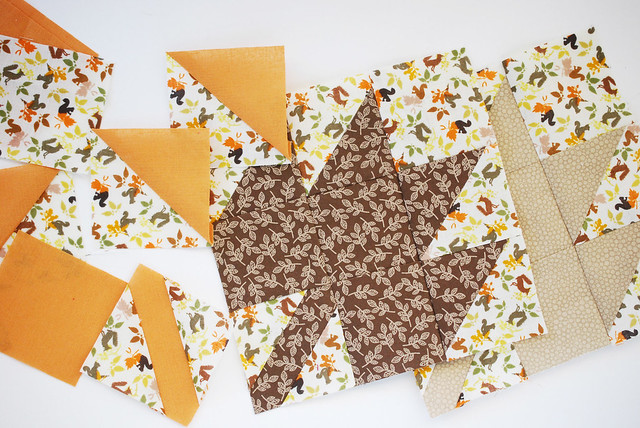
Then make a bunch for your whole family or friends when they come over! I've got maples all over the place and I might even end up making more.
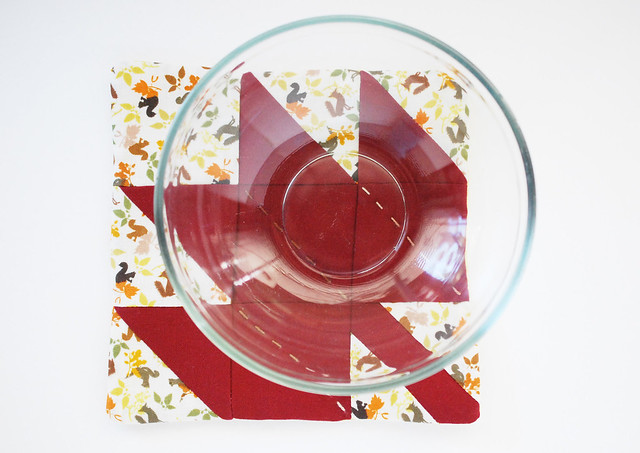
The best part is using these. So, get a bowl...
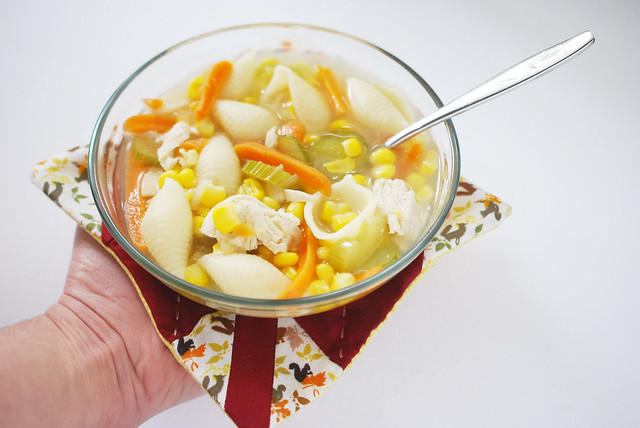
And fill it with something warm and yummy!
